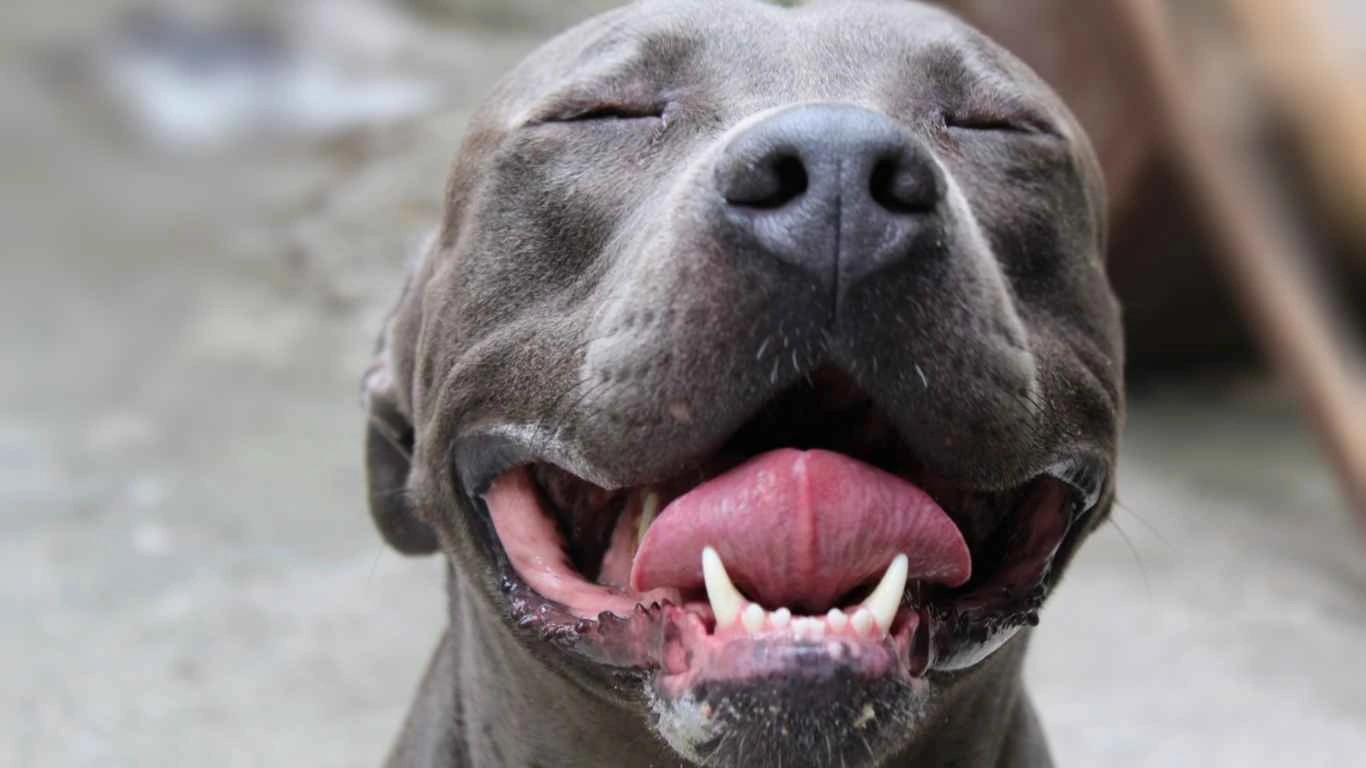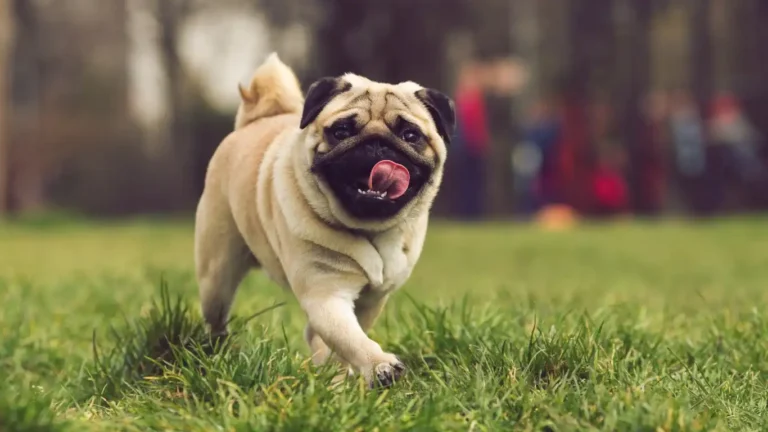Can Dogs Eat Nectarines? Discover the Surprising Benefits Today
Can dogs eat nectarines? As someone who’s spent years working hands-on in animal shelters and vet clinics, this is one of those sweet-sounding questions that pops up more often than you’d think. I mean, who doesn’t love a juicy nectarine in the summer, right? And it’s only natural to want to share that treat with your pup. But when it comes to feeding dogs human food, even the innocent-looking stuff can come with a twist. So, let’s talk about nectarines, dogs, and everything in between—based on what I’ve learned in the real world with real pets and real people.
Are Nectarines Safe for Dogs?

Short answer? Yes, dogs can eat nectarines—but (and it’s a big “but”) only in moderation, and with a few safety rules in place. Just like us, dogs enjoy variety in their food, and nectarines can be a fun, refreshing treat. They’re packed with vitamins like A and C, plus fiber and antioxidants. Sounds healthy, right? And it is—when done right.
In my experience at the clinic, the biggest issue usually isn’t the fruit itself, but how it’s given. I’ve seen everything from mild tummy troubles to full-blown blockages just because a dog swallowed the pit. That’s why knowing the dos and don’ts is key before tossing your pup a fruity bite.
The Good Stuff in Nectarines
- Vitamin A – Supports skin, coat, and eye health
- Vitamin C – Boosts the immune system (even though dogs make their own, extra doesn’t hurt)
- Fiber – Helps keep digestion on track
- Potassium – Supports heart and muscle function
- Antioxidants – Helps fight cell damage
I remember one golden retriever, Max, whose owner swore he was obsessed with nectarines. She brought one to his vet appointment, peeled and sliced, and let him have it like a gourmet snack. Max was fine—thrilled, actually. But she was careful. No pit, no skin, just the juicy flesh. That’s the level of thought we want when it comes to feeding fruit to dogs.
What to Watch Out For When Feeding Nectarines to Dogs

Here’s where we get into the real talk. Nectarines might be okay for dogs, but not without a few red flags to keep in mind:
- The Pit – This is a biggie. The pit (or stone) inside a nectarine is not safe. It can cause choking or an intestinal blockage, especially in smaller dogs. Plus, it contains a small amount of cyanide (yes, really), which isn’t something you want in your dog’s snack.
- Sugar Content – Nectarines are naturally sweet, but too much sugar—even from fruit—can upset your dog’s stomach or contribute to weight gain and dental issues.
- Preservatives – Stay far away from canned nectarines or anything sweetened. Processed fruits often contain preservatives or added sugars that are a no-go for pups.
- Overfeeding – Even healthy treats can become a problem when portion sizes get out of hand. One or two slices is plenty.
It breaks my heart to say, but I’ve seen pups come into the shelter with bloated bellies and diarrhea because well-meaning owners gave them “healthy” snacks without knowing the limits. Natural doesn’t always mean safe. That’s where a little guidance can go a long way.

Okay, so you’ve got a ripe, juicy nectarine and a hopeful pup giving you the eyes. Here’s how to do it the safe way:
- Wash the fruit thoroughly to remove any pesticides or residues.
- Remove the pit completely—no ifs, ands, or buts about this one.
- Peel the skin if your dog has a sensitive tummy (some dogs handle it fine, others don’t).
- Slice the flesh into bite-sized pieces—think training treat size, not apple slice size.
- Watch for any reaction the first time. Introduce slowly and see how your dog handles it.
Pro tip? I keep a stash of dog-safe fruit slices in the fridge during the hotter months. Nectarines, blueberries, and a bit of banana make a perfect chilled snack mix. Dogs love the variety, and I love knowing exactly what they’re eating.
Can Dogs Eat Nectarines Every Day?
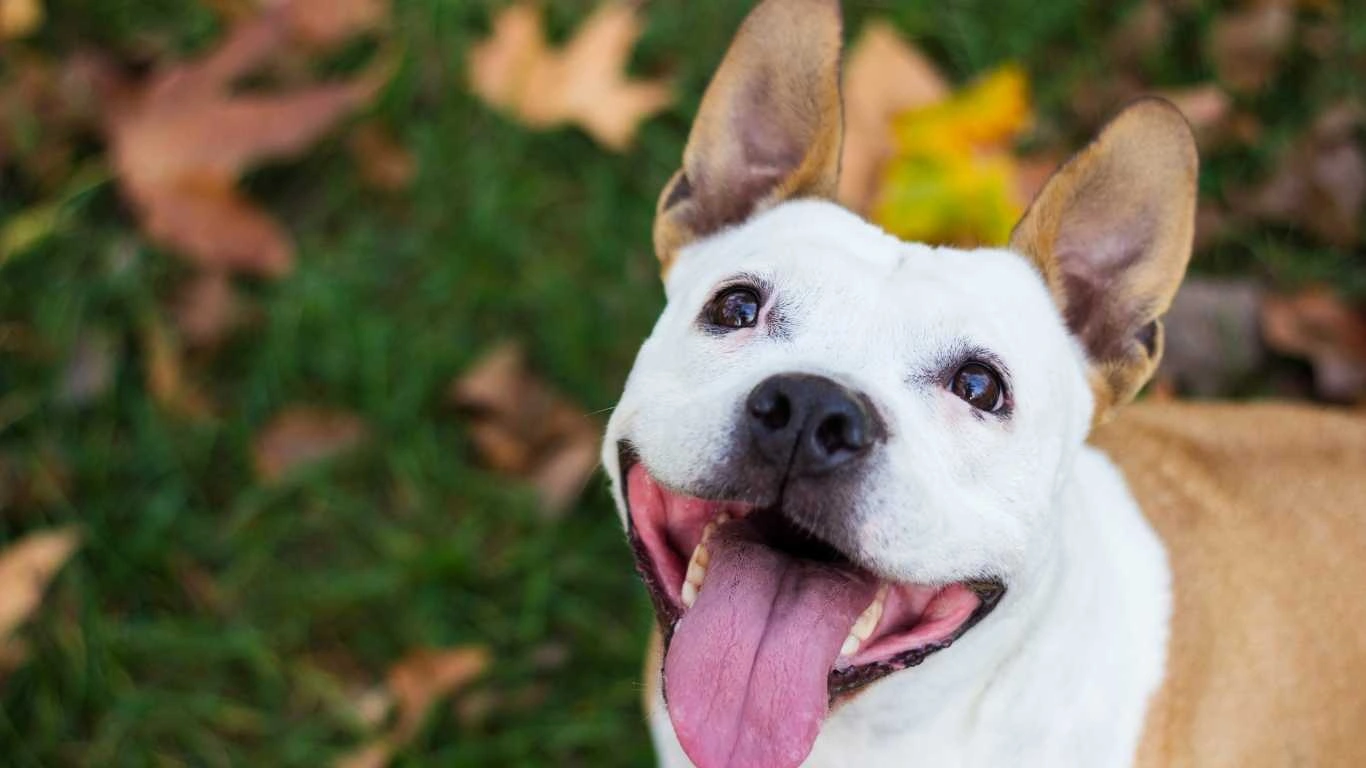
This is one of those questions I get asked a lot, usually right after I tell someone nectarines are okay in moderation. “So, like… every day?” And I get it—if your pup is obsessed with them, it’s tempting to keep them in the daily rotation. But here’s the deal: just because your dog can eat nectarines doesn’t mean they should eat them daily.
Think of nectarines as a fun treat, not a food group. In the clinic, we often remind pet owners that fruits should make up no more than 10% of a dog’s daily calorie intake. Too much fruit—even the good kind—can throw off a dog’s digestive system and contribute to things like:
- Unwanted weight gain
- Upset stomach or diarrhea
- Possible blood sugar spikes (especially in diabetic dogs)
One of our long-term shelter residents, a senior beagle named Daisy, had a sweet tooth for fruit. Her previous owner thought daily fruit snacks were “healthier” than commercial treats, but poor Daisy ended up with weight issues and mild pancreatitis. It took us months of diet adjustments to get her back on track. The lesson? Even “healthy” can go overboard.
Signs Your Dog Might Not Tolerate Nectarines Well

While many dogs can enjoy a slice or two without any issues, some might react negatively to nectarines—especially if it’s their first time trying them. Every dog is different, just like us. So, keep an eye out for these signs:
If your dog shows any of these symptoms after trying nectarines, it’s best to cut them out and consult your vet. I once had a client whose boxer got an upset stomach from just one small slice. Turns out he had a sensitivity to stone fruits in general. So don’t assume every dog will react the same—it really is a case-by-case thing.
Other Fruits Dogs Can (and Can’t) Eat
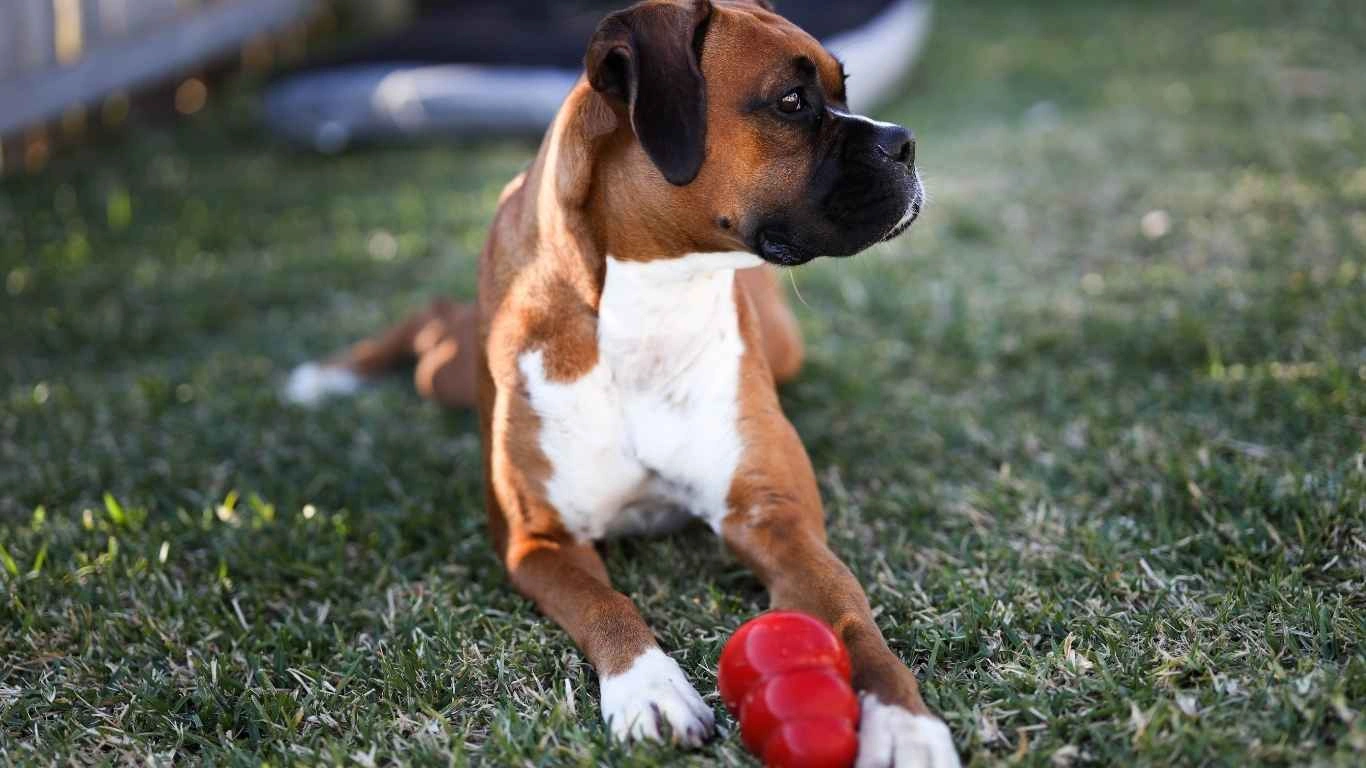
If nectarines aren’t a fit for your pup, don’t worry—there are plenty of other fruits that can make for tail-wagging treats. Some of my favorites to recommend from my time in the field include:
Dog-Safe Fruits
- Blueberries – Full of antioxidants and super easy to portion
- Apples – Great crunch, just avoid the seeds and core
- Watermelon – Hydrating and perfect for hot days (seedless only!)
- Bananas – High in potassium and loved by most pups
- Strawberries – Sweet and fiber-rich, but keep servings small
Fruits to Avoid
- Grapes and raisins – Toxic to dogs and can cause kidney failure
- Cherries – Pits contain cyanide and pose a choking hazard
- Citrus fruits – Too acidic and can upset a dog’s stomach
- Avocados – Contain persin, which can be harmful in large amounts
In my personal stash at work, I always keep a mix of sliced apples and frozen blueberries in the clinic fridge. They make the perfect distraction during shots or nail trims—and the dogs are none the wiser. If nectarines don’t sit well with your pup, there are still tons of tasty and safe options to explore.
Tips from the Exam Table: Safe Feeding Reminders
After years of working with pet parents—many first-time dog owners—there are a few golden rules I always repeat when it comes to “human food” snacks like nectarines. Consider this your go-to checklist:
- Introduce one new food at a time – That way, you’ll know what caused a reaction if one happens.
- Start with a small amount – Think “sample size,” not “side dish.”
- Always remove pits, cores, and seeds – Even from “safe” fruits.
- Watch for any unusual behavior – Lethargy, itching, vomiting—these are red flags.
- Ask your vet if your dog has special dietary needs – Especially for diabetic, senior, or sensitive pups.
One of my proudest moments was helping a new rescue dog mom learn how to feed fresh treats the safe way. She was nervous at first, but by the time she visited us for her dog’s 6-month check-in, she had a mini fruit-treat routine down pat—with all the right precautions. It’s the kind of thing that makes this job so rewarding.
What If My Dog Accidentally Eats a Nectarine Pit?

Despite all the warnings, sometimes pups are sneaky and manage to swallow a nectarine pit before you can stop them. If that happens, don’t panic—but don’t ignore it either. The pit is a choking hazard and can cause intestinal blockages, which are serious medical emergencies.
From my years in the shelter and clinic, I’ve seen cases where quick action made all the difference. Here’s what to do if your dog accidentally eats a nectarine pit:
- Stay calm – Your dog can pick up on your stress.
- Check for choking signs – Coughing, gagging, pawing at the mouth, or difficulty breathing are urgent signs to get to the vet immediately.
- Watch for digestive issues – Vomiting, refusal to eat, constipation, or abdominal pain within the next 24-48 hours require prompt veterinary attention.
- Contact your vet or emergency animal hospital – Let them know what happened and follow their advice.
Prevention is always best, but if the unexpected happens, early intervention can save your dog from serious complications.
Balancing Fruit Treats in a Healthy Dog Diet
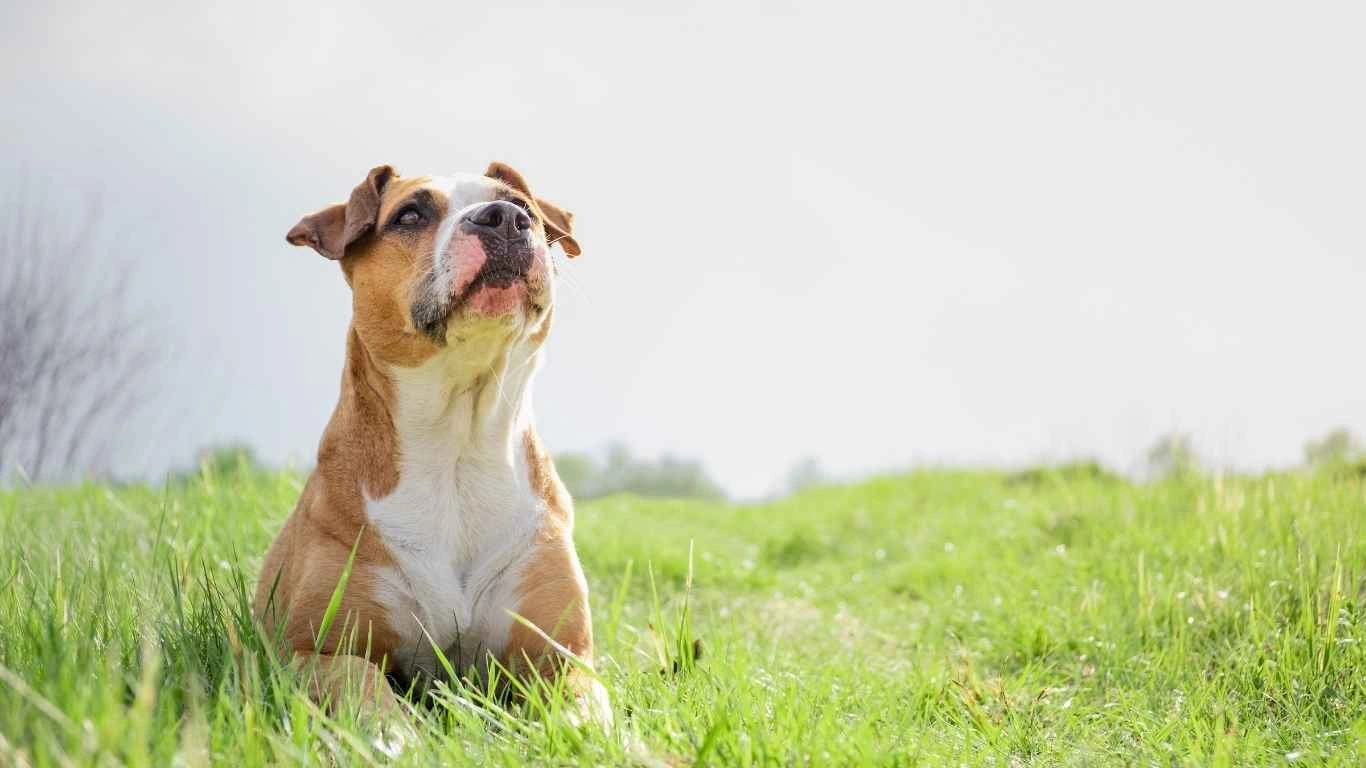
So, we’ve talked about whether dogs can eat nectarines, the risks, and the best ways to feed them safely. But what about the bigger picture? How do nectarines fit into your dog’s overall nutrition?
From my hands-on experience, fruit treats like nectarines should always complement a balanced, species-appropriate diet. That usually means a high-quality commercial dog food or a well-planned homemade diet that covers all the basics: proteins, fats, carbs, vitamins, and minerals. Fruits provide extra vitamins and variety, but they don’t replace the core nutrition dogs need.
One trick I share with new dog owners is to use fruit treats strategically. For example, nectarines can be a great training reward on hot days, especially if served chilled or frozen to help with hydration. Or, add a few small pieces mixed into regular kibble to keep mealtime interesting. Just remember, moderation is the key to keeping tails wagging and tummies happy.
Final Thoughts on “Can Dogs Eat Nectarines?”
Here’s the takeaway from someone who’s seen it all in the animal care trenches: nectarines can be a safe, tasty treat for dogs when offered carefully and thoughtfully. The trick lies in the details—removing pits, limiting portions, watching for reactions, and keeping these sweet treats as just that: treats, not staples.
Every dog is unique, and as with any new food, it’s always smart to check in with your vet before adding nectarines (or any new fruit) into your dog’s diet. That extra layer of expert advice can make all the difference, especially if your dog has special health needs.
From one dog lover to another, I hope this helps you share safe, joyful moments with your furry friend—nectarines and all.
References
Disclaimer
This article is intended for informational purposes only and is not a substitute for professional veterinary advice, diagnosis, or treatment. Always consult your veterinarian with any questions you may have regarding your pet’s health or before introducing new foods into their diet. The author and publisher are not responsible for any adverse effects resulting from the feeding of nectarines or any other foods to your dog.
